Tips for Reducing VR Motion Sickness and Enhancing Immersion
Virtual reality (VR) has evolved from a futuristic concept to a tangible technology that offers immersive experiences across gaming, training, and even therapy. Despite its vast potential, one of the main challenges VR users face is motion sickness. VR motion sickness can detract from the overall experience, making it crucial for users and developers to find ways to reduce discomfort and enhance immersion. In this comprehensive guide, we explore effective tips and strategies to mitigate VR motion sickness while optimizing the immersive experience.
Understanding VR Motion Sickness
Before diving into solutions, it's essential to understand what causes VR motion sickness. This phenomenon occurs when there is a disconnect between the motion perceived by the user's eyes and the absence of corresponding physical motion felt by the body. This sensory conflict can lead to symptoms like dizziness, nausea, and disorientation. Recognizing the underlying causes of VR motion sickness is the first step in addressing it.
Tips to Mitigate VR Motion Sickness
1. **Gradual Exposure:** Start with short VR sessions and slowly increase the duration as your body adapts to the virtual environment. This gradual exposure can help your brain adjust to the sensory input, reducing the intensity of motion sickness over time.
2. **Optimize Environment Settings:** Customize your VR environment to match your comfort level. Adjust settings like field of view, brightness, and contrast, which can play a significant role in reducing motion sickness. A stable frame rate is crucial as a choppy display can exacerbate symptoms.
3. **Use Comfort Accessories:** A range of comfort accessories like foam face covers and nose guards are available to improve the physical experience of VR headsets. Such additions can provide a better fit and help reduce symptoms of motion sickness.
4. **Mind Your Movements:** Limit quick movements and opt for slow, deliberate actions while using VR. Quick head turns or rapid gameplay can intensify motion sickness. Developers can also implement techniques like snap turning instead of smooth turning to help alleviate this issue.
Enhancing Immersion in VR
While reducing motion sickness is vital, enhancing the immersive experience is equally important for enjoying VR to its fullest potential. Here are strategies to deepen immersion:
1. **Quality Audio:** Immerse yourself with high-quality audio. 3D soundscapes that closely mimic real-world hearing can help anchor you in the virtual world, enhancing the sense of presence.
2. **Rich Interactivity:** Ensure that the VR applications you use have a high level of interactivity. Engaging and interactive elements capture users' attention and make the virtual environment feel more real and engaging.
3. **Feedback Mechanisms:** Utilize feedback mechanisms like haptic responses which provide physical sensations corresponding to virtual interactions. This adds another layer of immersion that can trick the body into believing what the eyes perceive, reducing the sensory disconnect.
Conclusion
VR motion sickness does not have to be an insurmountable barrier to enjoying virtual reality. By understanding the mechanisms behind motion sickness and employing strategies to mitigate it, users can significantly enhance their VR experience. Moreover, integrating features that enhance the sense of immersion will allow you to fully embrace the potential of VR technology. Remember, the key to enjoying VR is to find what works best for you through gradual experimentation for both comfort and compelling immersion.
By implementing these strategies, both new and seasoned VR users can experience the thrill of virtual reality without the hindrance of motion sickness. As technology continues to advance, we can look forward to even more sophisticated solutions to enhance our digital adventures.


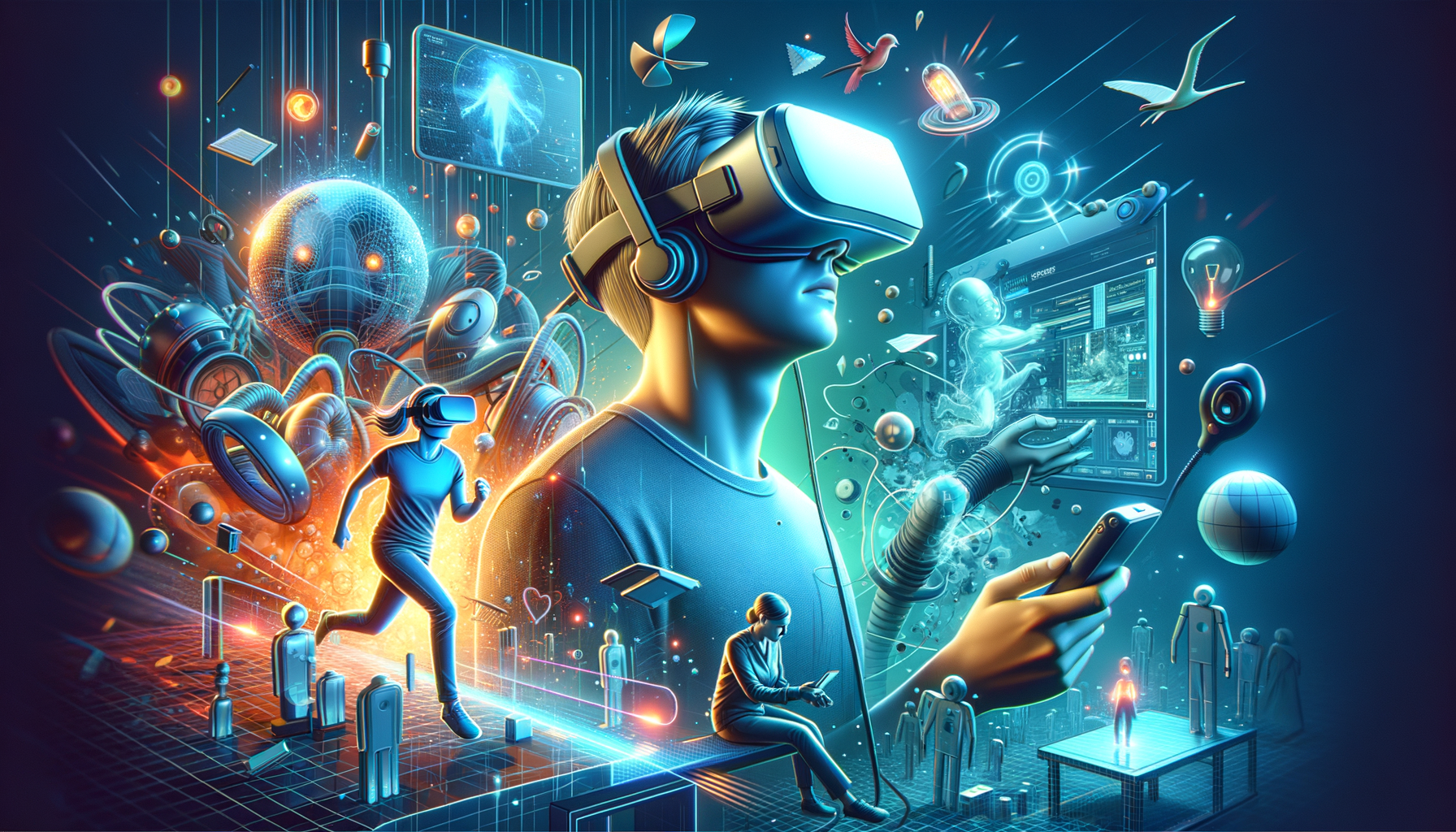
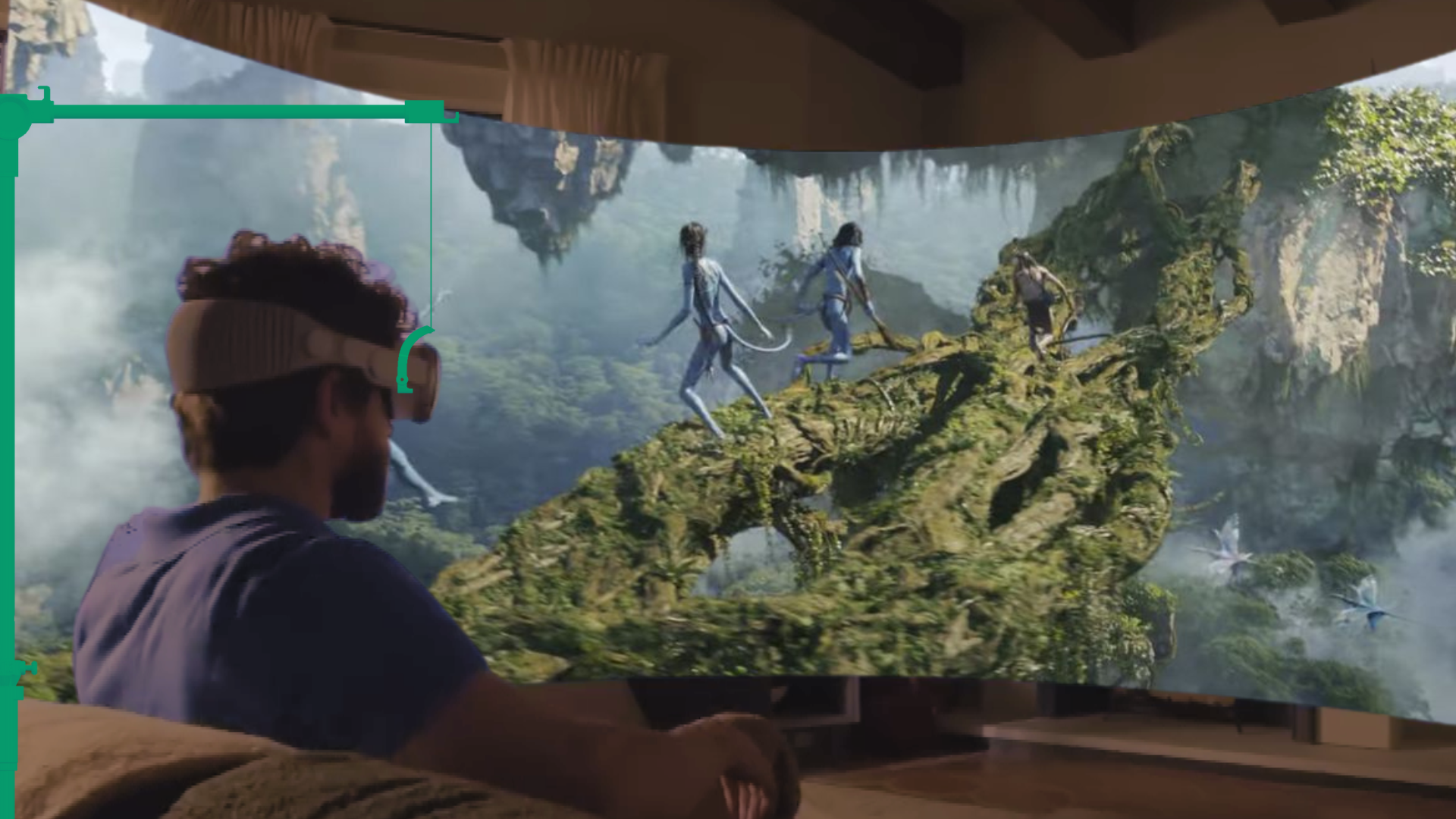
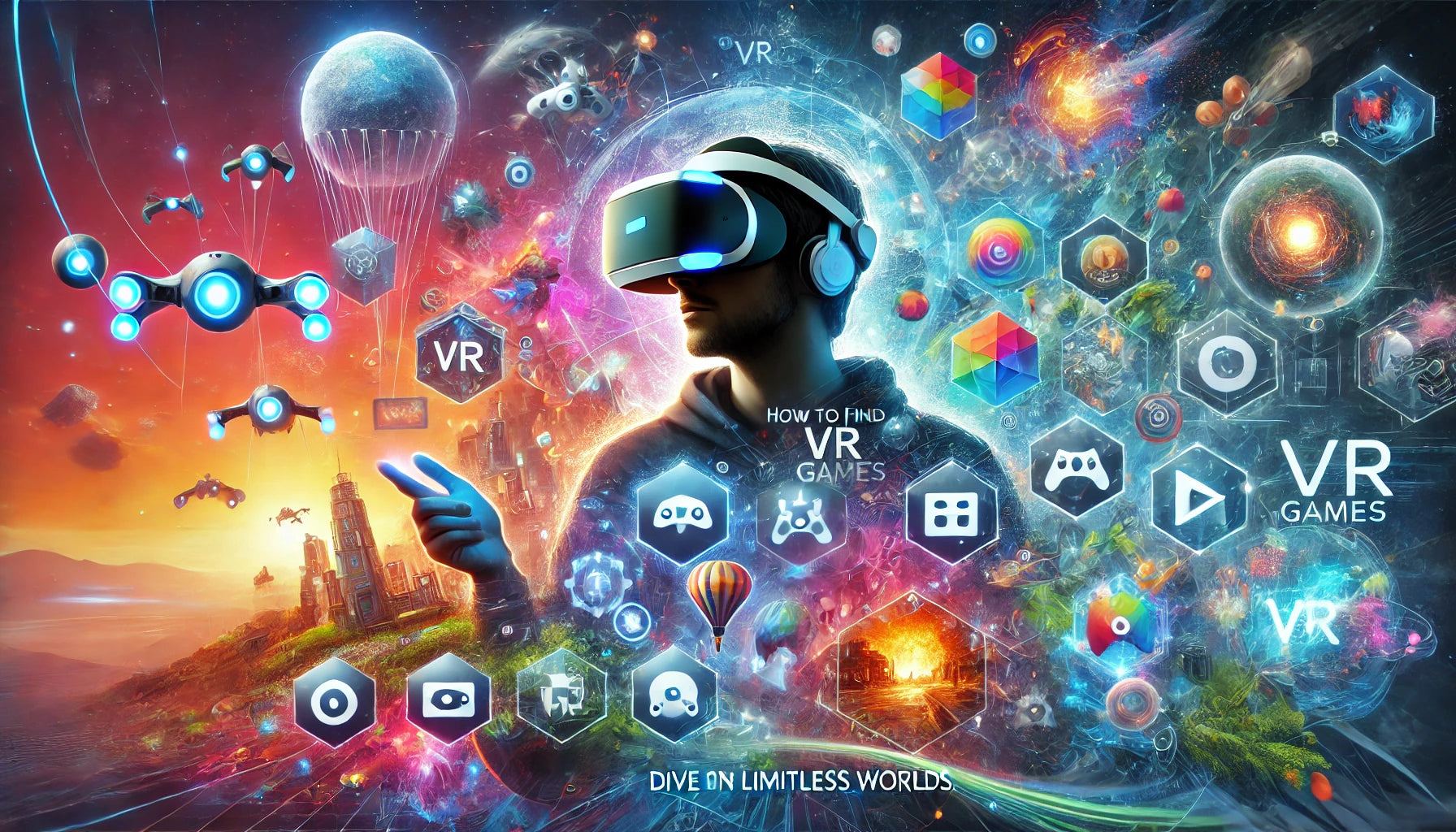
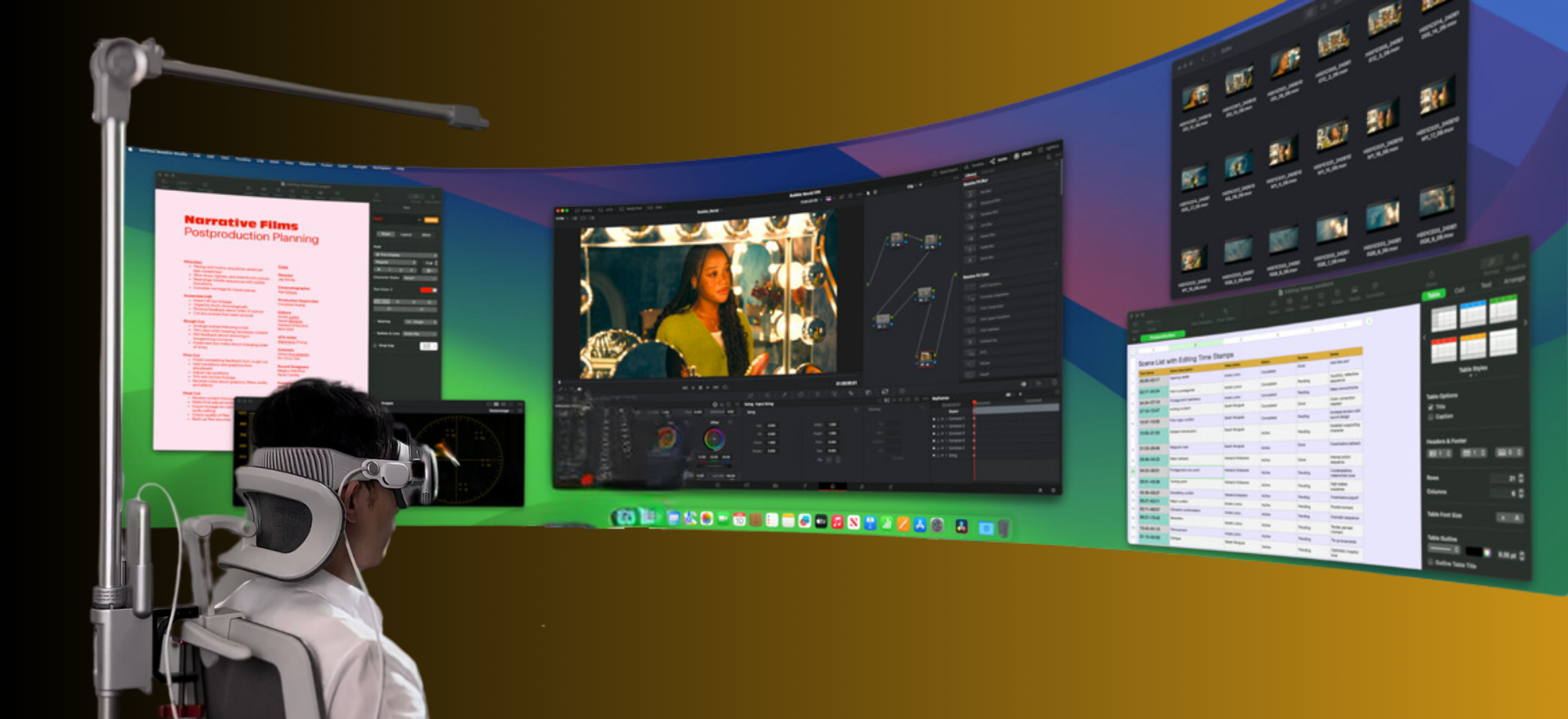
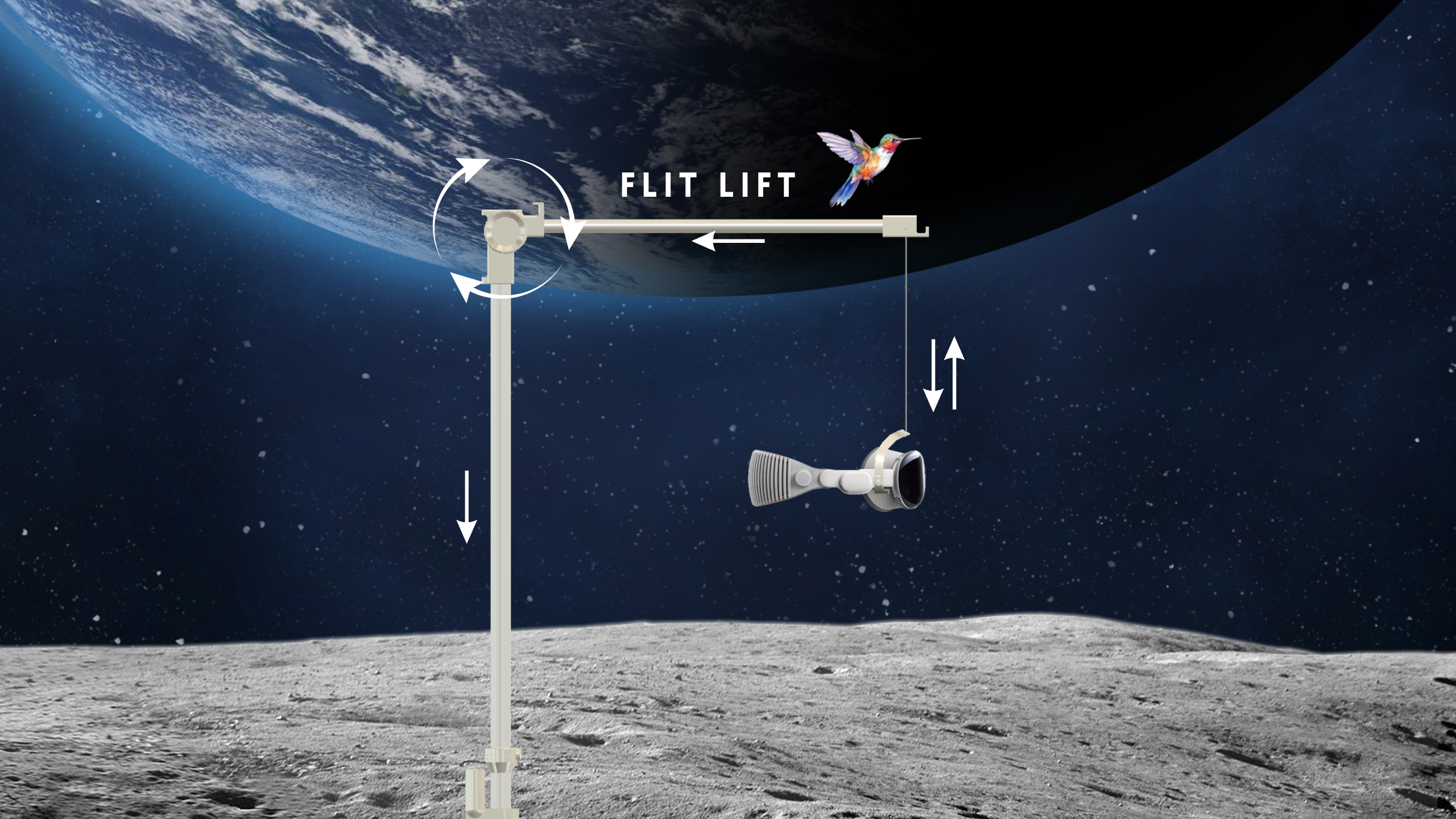
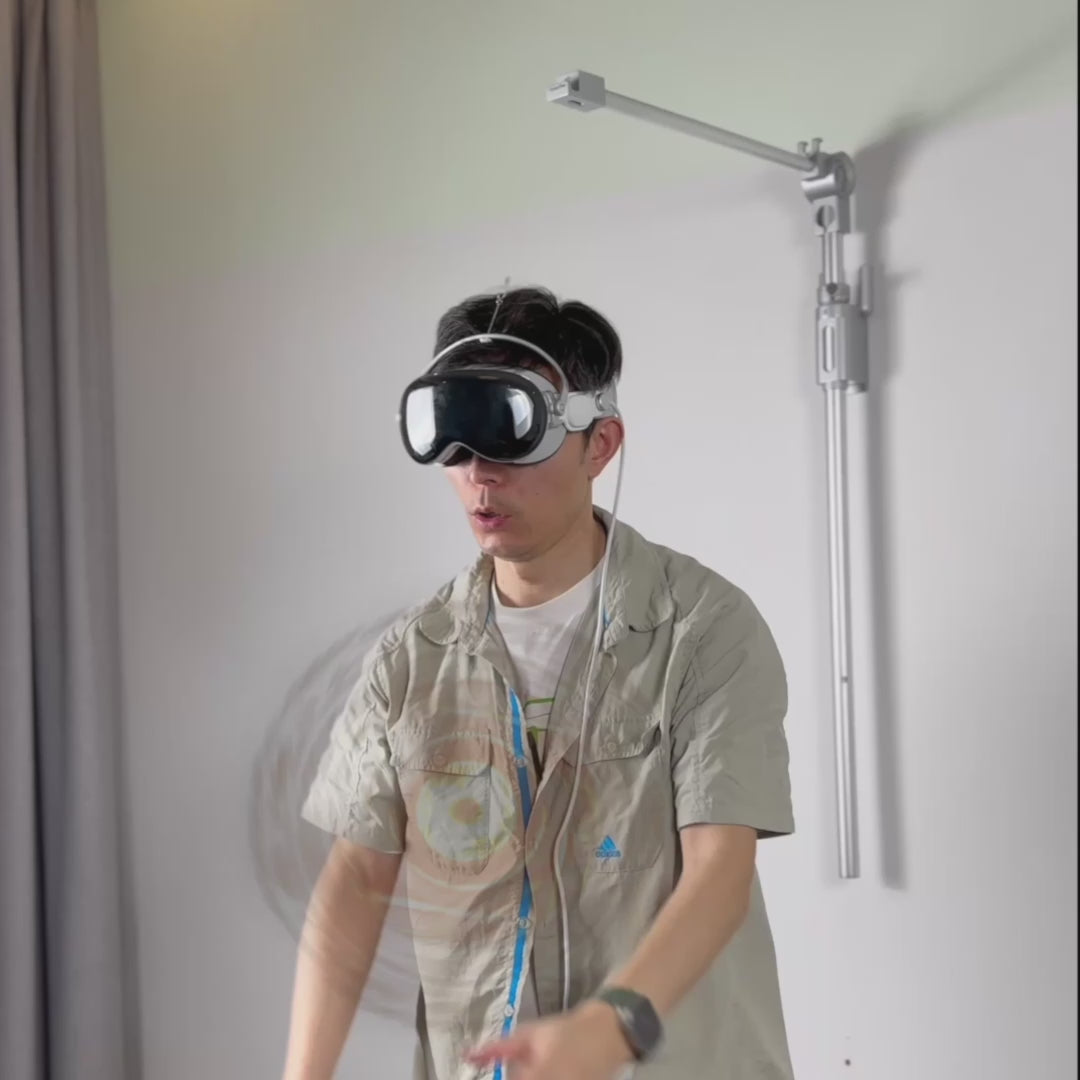
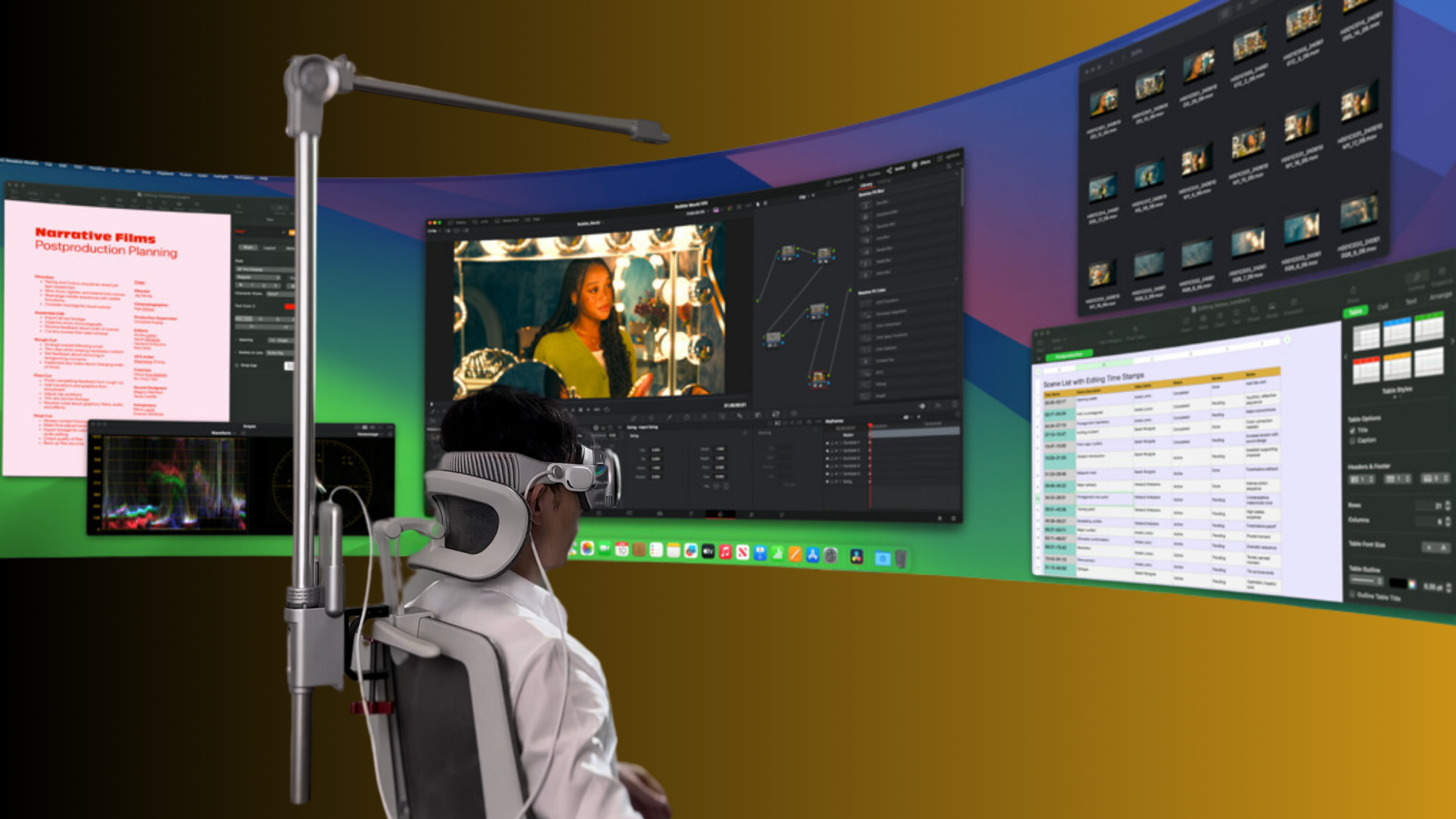
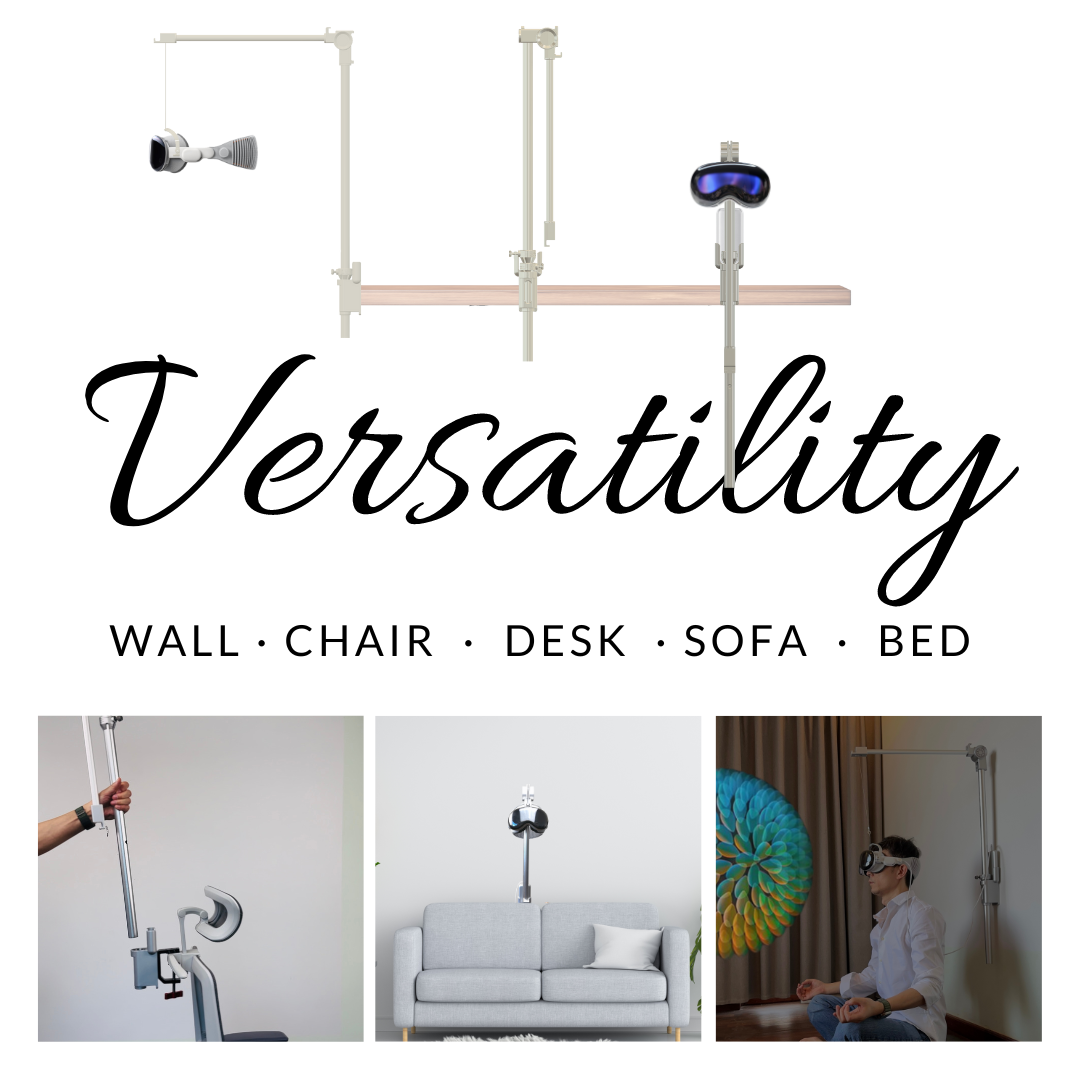
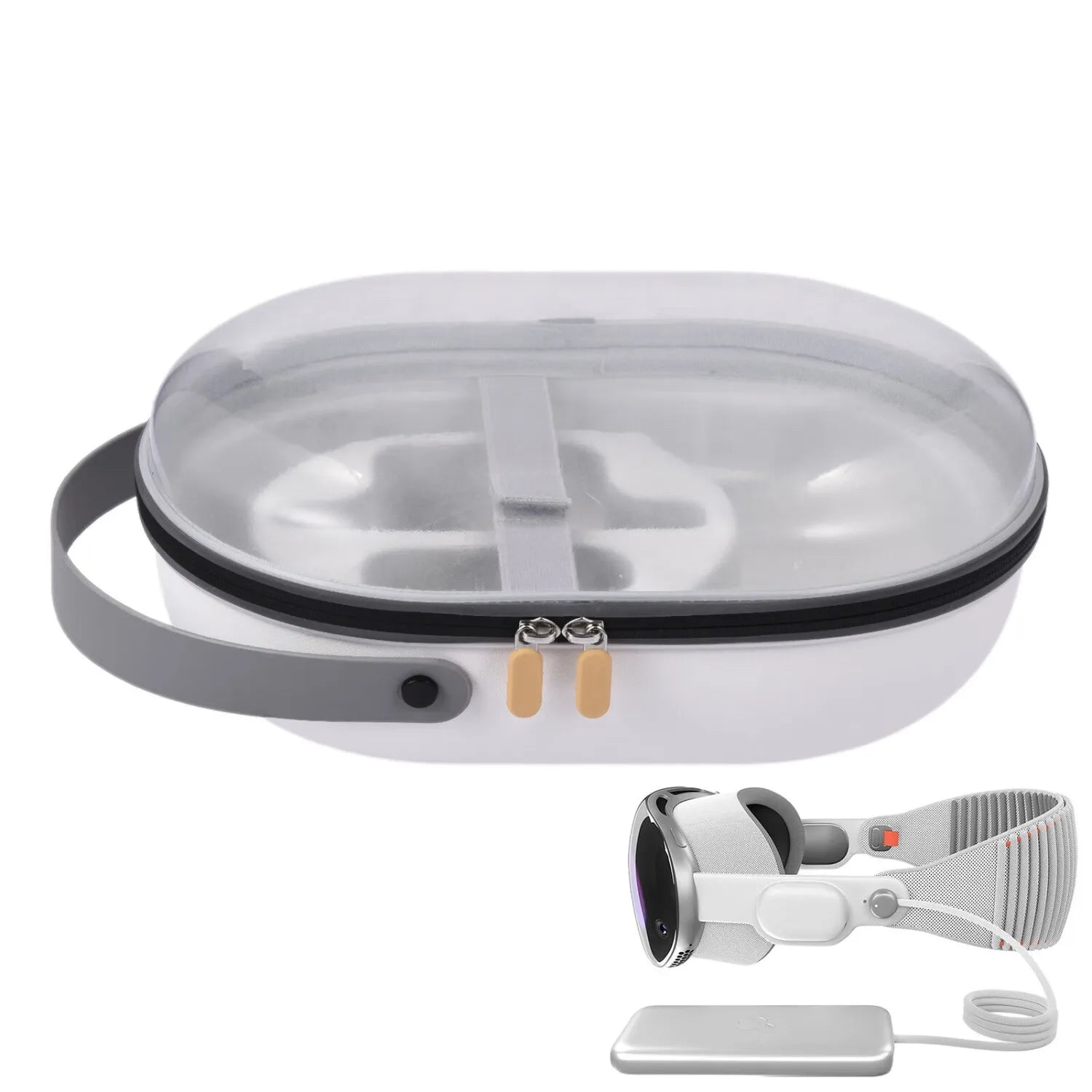
Share:
Top VR Accessories for 2023: Elevate Your Immersive Experience
Ultimate Guide to Selecting Vision Pro Accessories for a Seamless Experience